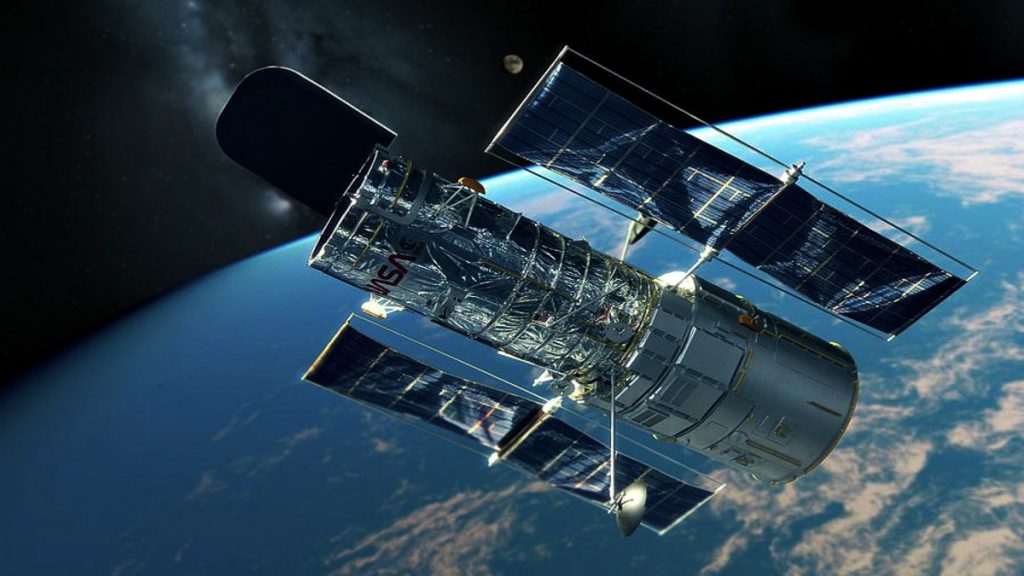
SpaceX wants to extend the life of the Hubble telescope into the 2040s
Space giants NASA and SpaceX are exploring the possibility of extending the life of a space telescope called Hubble, which is beloved by many fans of our universe. For realization of idea it is planned to use probe SpaceX Dragon. With its help researchers intend to push the telescope to a higher orbit.
The Hubble Space Telescope left Earth 32 years ago and was recently replaced by the more powerful James Webb Space Telescope. But Hubble’s life isn’t over yet. NASA and SpaceX signed the “Space Act Agreement” on Thursday. The agreement does not require any expenditure by the US government, but could, if the research confirms it, use SpaceX’s privately funded Dragon spacecraft to do the job.
The idea is to dock the Dragon to Hubble and move it into a more stable orbit. The research is a partnership with Polaris, a private initiative of billionaire entrepreneur Jared Isaacman that focuses on manned spaceflight.
Also, “this study is an exciting example of the innovative approaches NASA is exploring in a public-private partnership,” said Thomas Zurbuchen, NASA’s chief scientist. “As our fleet grows, we want to explore a wide range of opportunities to support the most robust and superior science missions.”

Hubble’s orbit is 335 miles above Earth, just above the atmosphere, but it is shrinking over time. According to NASA, moving the telescope to a higher and more stable orbit could extend its lifespan by many years. Once Hubble is decommissioned, NASA plans to take the satellite out of orbit or dispose of it.
Interestingly, disposal is a significant issue for NASA. The agency is supporting several studies to understand the impact of orbital debris as low Earth orbit becomes increasingly crowded with active satellites, rocks, old rocket stages and intentionally blown up satellites. The FCC is so concerned about the volume of space debris that it voted for a new five-year rule requiring operators to responsibly launch satellites from LEO within five years of completing a mission, rather than the current 25-year rule.
Based on Hubble’s current orbital decline, NASA believes it will be decommissioned by 2030. However, at a higher altitude, the space telescope could last another 15-20 years. “It is entirely appropriate for us to look at this because of the tremendous value that this research asset has for us as well as for others,” said NASA’s Zurbuchen, according to CNBC.
Cost is a thorny issue for NASA, whose Artemis I mission to resume human exploration of the moon around 2024 cost the agency $40 billion. Researchers are therefore interested in the telescope’s duration of use.
Popular articles
-
 Why Modern Technologies Are Becoming More ...
Why Modern Technologies Are Becoming More ...Modern technologies are developing at a pace that few users can fully …
Learn more -
 Next-Generation Home Batteries: Hybrid Ene...
Next-Generation Home Batteries: Hybrid Ene...Hybrid home batteries have become a practical foundation for residential energy autonomy …
Learn more -
 How Artificial Intelligence Transforms Hom...
How Artificial Intelligence Transforms Hom...By 2025, artificial intelligence has become a central component of modern home …
Learn more
